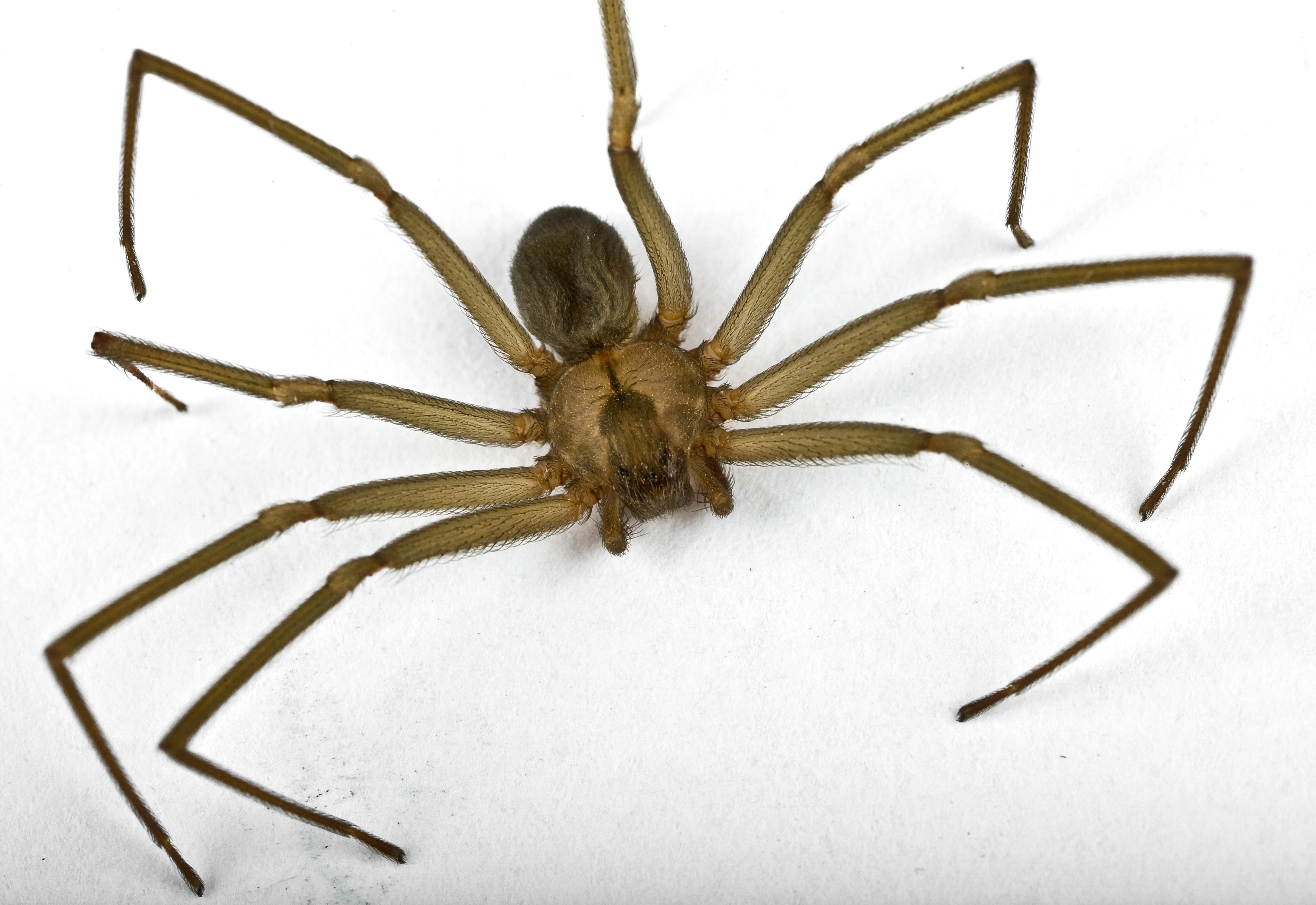Weird Delay in Pain from Brown Recluse Spider Bite Explained

Victims of a brown recluse spider bite might feel perfectly fine — until a burning pain described by most patients as a throbbing "fire" strikes 24 hours later, according to a new study. After analyzing 23 cases of brown recluse spider bites, the researchers concluded that the mechanisms behind this pain cycle are driven by the same mechanisms involved in pain from inflammation.
This observation of how the pain of the brown recluse's bite develops over time could help doctors diagnose their bites more accurately, said study researcher Katie Payne, a medical student at Missouri University. Brown recluse spider bites are often misdiagnosed, she said.
Payne and her colleagues examined the clinical data and photographs of 23 people with brown recluse spider bites, as well as the patient's reports of their pain severity over time. They noticed the majority of patients reported the same pattern: at the time of the bite, the pain ranked low on a scale of 1 to 10.
But after 24 hours, the pain spiked to an average level of 6, with some patients reporting a level of 9. On the researcher's scale, 9 corresponds with pain so intense that it limits a person's ability to move and talk, or causes uncontrollable cries.
After a week, the patients said they had still had pain, describing it as a constant aching. After a month and a half, the wounds from the bites became crusted, but unhealed lesions and severe pain remained. Some patients took painkillers for the next two months. [Ewwww! Photos of Bat-Eating Spiders]
These pain patterns suggest that brown recluse spider bites cause a type of pain called inflammatory pain, which occurs when the body releases proteins called cytokines in response to the spider’s venom, according to the study.
These cytokine proteins act as messengers between cells, calling other cells to action, Payne said. Brown spider venom triggers these messengers to activate cells like glial cells, which then send pain signals through the central nervous system that eventually make their way to the brain. But this process takes up to 24 hours, which explains why patients' pain didn't peak until a day or so after they were bitten.
Sign up for the Live Science daily newsletter now
Get the world’s most fascinating discoveries delivered straight to your inbox.
Past research has also linked the delay in pain after a brown recluse spider bite with the delay of cytokine release. In a 1999 study, researchers observed that several hours after they injected brown recluse spider venom into human cells in a laboratory, cytokine levels spiked 10 times higher than the time of injection.
The findings could help doctors recognize a brown spider bite, diagnose it in a patient, and prescribe the correct medications. "This unique pain cycle just for brown recluse spider bites is cool because if you say you didn't experience pain in a bite but you did a day later, then maybe this is a brown recluse bite. It helps diagnose these lesions," Payne said.
The study and future research could also help clinicians prescribe therapies or medications targeted to reduce the release of cytokines, and therefore prevent pain before it occurs, for example, with anti-inflammatory drugs like ibuprofen or narcotics, Payne said.
Originally published on Live Science.









